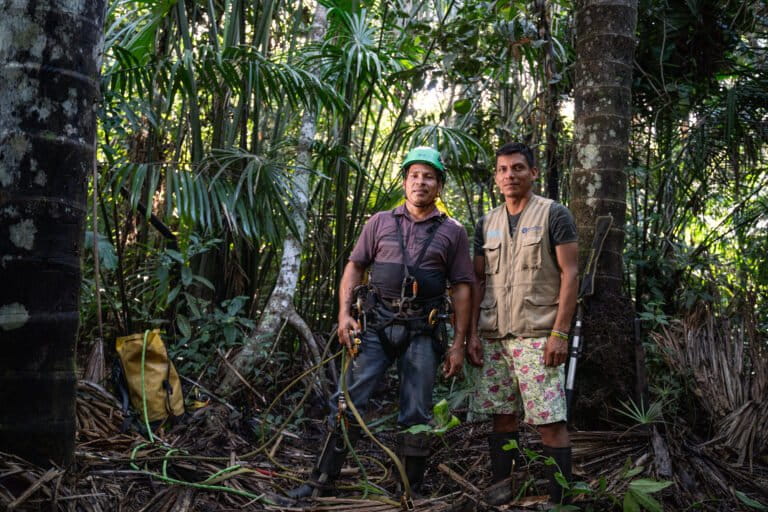Are old-growth forests storing more carbon than before?
Are old-growth forests storing more carbon than before?
mongabay.com
December 4, 2006
Old-growth forests in China are storing more carbon than previously believed. The finding could have implications for fighting global warming through forest conservation, though some researchers caution that the results may not be representative of tropical forests as a whole.
Researchers working in a 400-year-old forest of the Dinghushan Biosphere Reserve in the southern China province of Guangdong found that concentrations of carbon in the top 20 centimeters of soil increased by 68 percent — from 1.4 percent to 2.35 percent — between 1979 and 2003. The results are significant because, until now, scientists had believed that atmospheric carbon stored by old-growth forests was balanced by the carbon they release as their vegetation dies and decays. The new research suggests that old-growth forests could be a net carbon sink, helping sequester carbon from the atmosphere and perhaps playing a key role in future strategies for mitigating global warming emissions.
The study lends support to a proposal by developing countries to seek compensation for forest conservation. Under the initiative, tropical forest countries would agree to set aside forest land that would otherwise be cleared in exchange for payments from industrialized countries looking to offset their carbon emissions. The “carbon-finance” scheme would be help mitigate climate-warming emissions while protecting biodiversity and important ecological services provided by tropical forests. Already the initiative has won praise from world bodies like the U.N. and the World Bank and environmental groups, although China has not taken an official position on the plan.

|
While the new study bolsters the idea that old-growth forests can offset greenhouse gas emissions, the Associated Press (AP) reports that some researchers are skeptical of the results since “they go against the prevailing research and are based on a relatively small number of samples.”
Christopher Field, director of the Carnegie Institution Department of Global Ecology at Stanford University, told the AP that the study “may have caught the forest soils during an upswing in carbon storage, which is unlikely to be sustained.” Field did not participate in the Chinese study.
John Aber, a professor of environmental studies at the University of New Hampshire who also did not take part in the study, also expressed the need for further studies.
“I think at this point it is an unusual result, and would have to be repeated and documented in other old-growth forests,” he is quoted by the AP as saying.
Some research has suggested that higher atmospheric concentrations of carbon dioxide could lead forests to increase the absorption of carbon into their tissues.
This article uses information from the AP and previous mongabay.com articles. Reference: Science 314, 5804, (2006)














